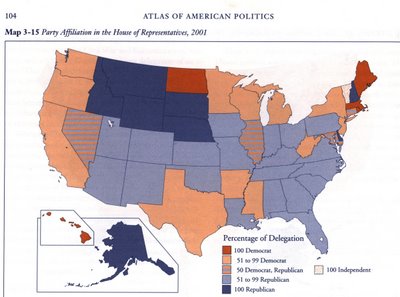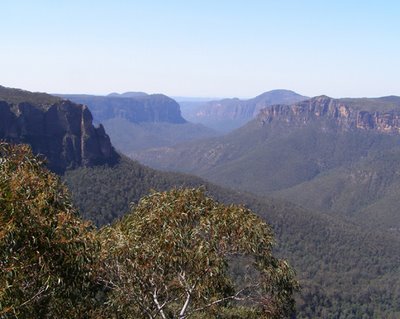
Take a Break with Maps
Ball State University's Fall Break begins this weekend and continues through Tuesday, October 31. Students wondering what to do with all of this freetime may want to consider a trip to Indianapolis. The Children's Museum of Indianapolis is sponsoring an exhibit in conjunction with the National Geographic Society. The exhibit, National Geographic MAPS: Tools for Adventure, is interactive and appeals to explorers of all ages, introducing people to the adventure and excitement of maps.
Visitors will engage in hands-on activities using basic map skills and different types of maps to find the way and to solve problems. The exhibit features activities based on the travels of explorers of the past like Lewis and Clark, Amelia Earhart, and the ancient Chinese mariner Zheng He. Visitors will also learn about and complete activities related to present-day explorers: Zahi Hawass used a robot to map the Great Pyramids; Phil Masters mapped the ocean to discover Blackbeard's pirate ship; biologist Michael Fay mapped locations of animals and plants in the Congo River basin in order to protect habitats.
The Children's Museum of Indianapolis is open Tuesday through Sunday from 10:00 A.M. to 5:00 P.M., so don't plan a Monday visit.
The Geospatial Center & Map Collection will be open during Fall Break with regular hours 8:00 A.M. to 5:00 P.M. Monday through Friday.











